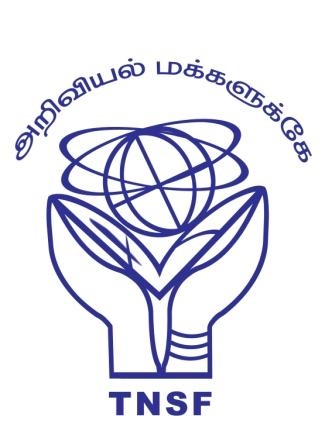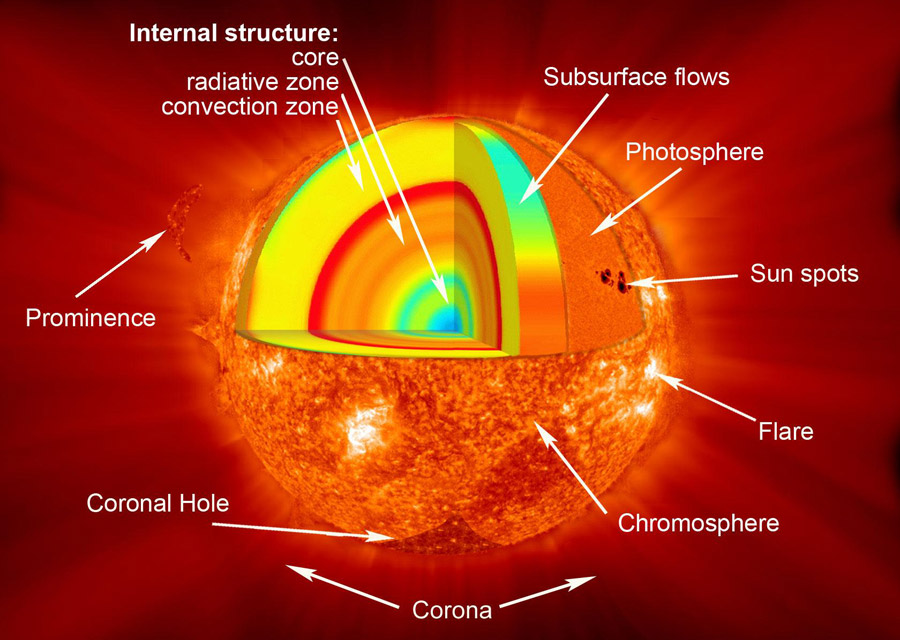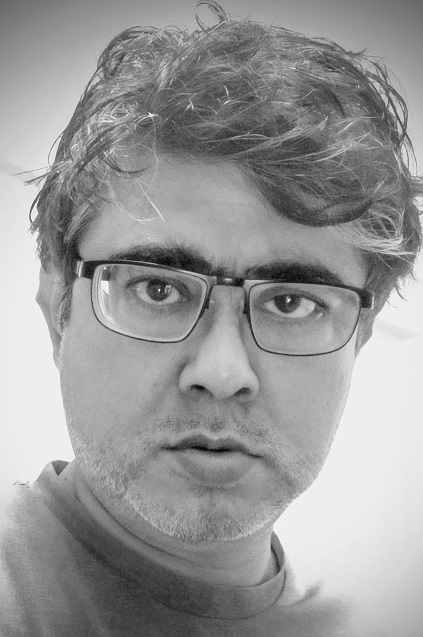About Program

This is part of its efforts to popularize science to the general public and students who are pursuing science as their career. TNSF attempt to focus on students on higher science as everyone knows that learning of science at college within the curriculum is not enough to acquire holistic knowledge of science at the appropriate time. Hence, to fill the gap between what students are acquiring through the curriculum and what it is required, TNSF is planning its activities on higher science to students who are pursuing higher education.

Abstract In this lecture, Prof. Nandi will introduce the audience to the inner workings of our nearest star, the Sun. discuss the dynamic activity that it displays and highlight why it is important for humanity to understand solar activity. Life on Earth is made possible by the energy we receive from the Sun. But will the Sun die someday making life unsustainable on Earth? Did you know that the Sun generates violent magnetic storms and produces hazardous space weather in space which can be harmful for our technologies? Did you know there is a high speed wind blowing from the Sun that influences planetary atmospheres and determine whether planets can host an atmosphere and life? This talk will provide answers to these important questions which are relevant for our existence in the cosmos and present other interesting stories about the life of our star.
